What is a keystone species?
A keystone species is a vital member of the ecosystem to which it belongs. Without keystone species, ecosystems would collapse. They perform necessary ‘tasks’ to keep the ecosystem in balance.
The four species that this particular article will be focusing on are the gopher tortoise, jaguar, ivory tree coral, and sea otter.
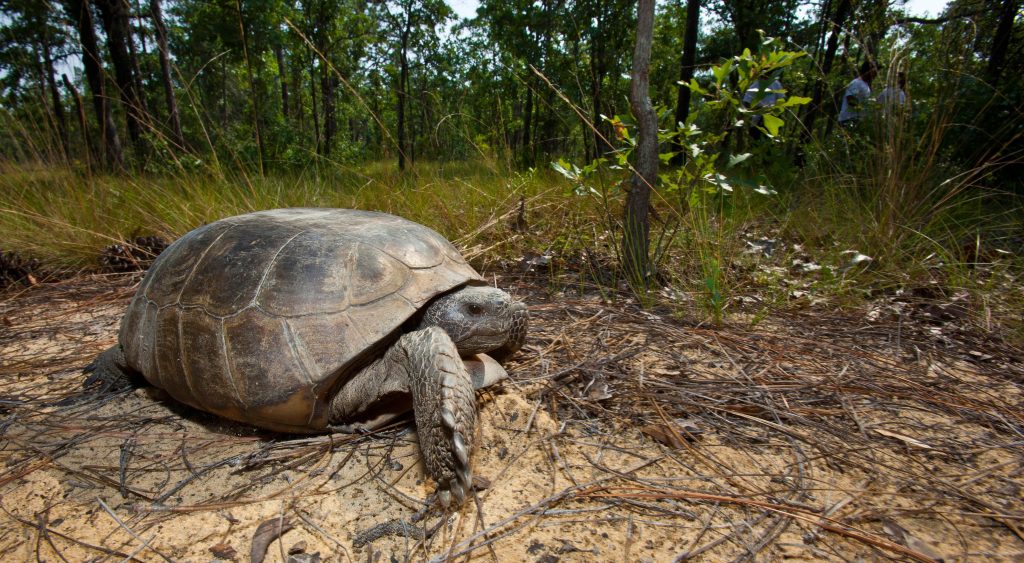
Gopher Tortoise, Gopherus polyphemus
Gopher tortoises are one of the oldest species on the planet, originating nearly 60 million years ago, and are the only species native to North America east of the Mississippi. They have a lifespan of 40-60 years in the wild, and they do not reach sexual maturity until around 10 years. This means that as a species, it takes a while to reproduce and maintain a stable population when conditions are constantly changing (aka climate change).
Gopher tortoises are classified as a keystone species due to their burrowing tendencies. They are capable of creating burrows “40 feet long and 10 feet wide!” These burrows provide hundreds of species (rodents and invertebrates) with shelter and transportation, making them a keystone species. Without gopher tortoises, those species would have a low chance of survival and when the bottom of the food chain or ecological pyramid collapses, the rest of the ecosystem will do the same.
Habitat loss is the biggest contributor to their decline. Many species around the world are facing the exact same issue. Economic and industrial development has taken much of the land necessary for ecosystems to thrive. Keystone species are often specialized species, meaning that they cannot adapt quickly to sudden changes like habitat loss from anthropogenic activities, and often have a low reproduction rate that makes it difficult to maintain a population.

Jaguar, Panthera onca

Jaguars are what scientists call apex predators (the top of the food chain). They are the largest felines in the Americas and they have been placed on the IUCN’s Red List as endangered.
Oftentimes, people disregard the importance of predators in ecosystems because they seem more violent and evoke a more emotional response from people. However, predators are essential for population control and to support plant life. Without jaguars, mammals such as deer, capybaras, and peccaries would overrun and overeat the vegetation, causing an ecosystem collapse.
An example of this happening is what happened during the mid-20th century in Yellowstone. The park got rid of its native wolf population, due to concerns for nearby private landowners’ livestock and safety, and noticed an immediate deterioration of plant and animal life. Trees began to disappear and the vegetation overall became desolate. After seventy years they reintroduced wolves back into the ecosystem, and those problems amended themselves and allowed the ecosystem to thrive once again.
We do not want a repeat of Yellowstone for the jaguar population of Central and South America. The main threat that they are facing is habitat loss. They have lost 40% of their habitat to development and are also threatened due to human-jaguar conflicts. There is still hope for the jaguar populations of the world. Yellowstone was capable of amending its mistakes, and we are capable of learning from them.
Ivory Tree Coral, Oculina varicosa
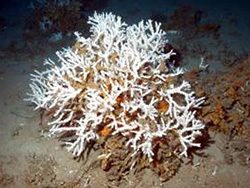
Marine species are often forgotten when it comes to species conservation, despite the intense media attention coral reefs receive. A lot of the featured corals are what we know as shallow-reef coral. They are corals that have a symbiotic relationship with zooxanthellae, an algae that helps them to undergo photosynthesis for energy. Ivory tree coral, however, is a deep-sea coral, meaning that it exists where there is not enough light to photosynthesize. Instead, ivory tree coral filter-feeds nutrients from plankton in passing deep-sea currents.
This particular coral is considered a keystone species because of its ability to provide shelter and become a source of nutrients for thousands of marine species. It is being threatened by a myriad of things, including ocean acidification.
Calcium carbonate is an incredibly important compound in the ocean, being the primary component of coral skeletons. With rising ocean temperatures come changes in the overall pH of the water, and calcium carbonate breaks down and dissolves when its environment becomes too acidic, leading to the shells of marine organisms dissolving due to the rise in temperatures.
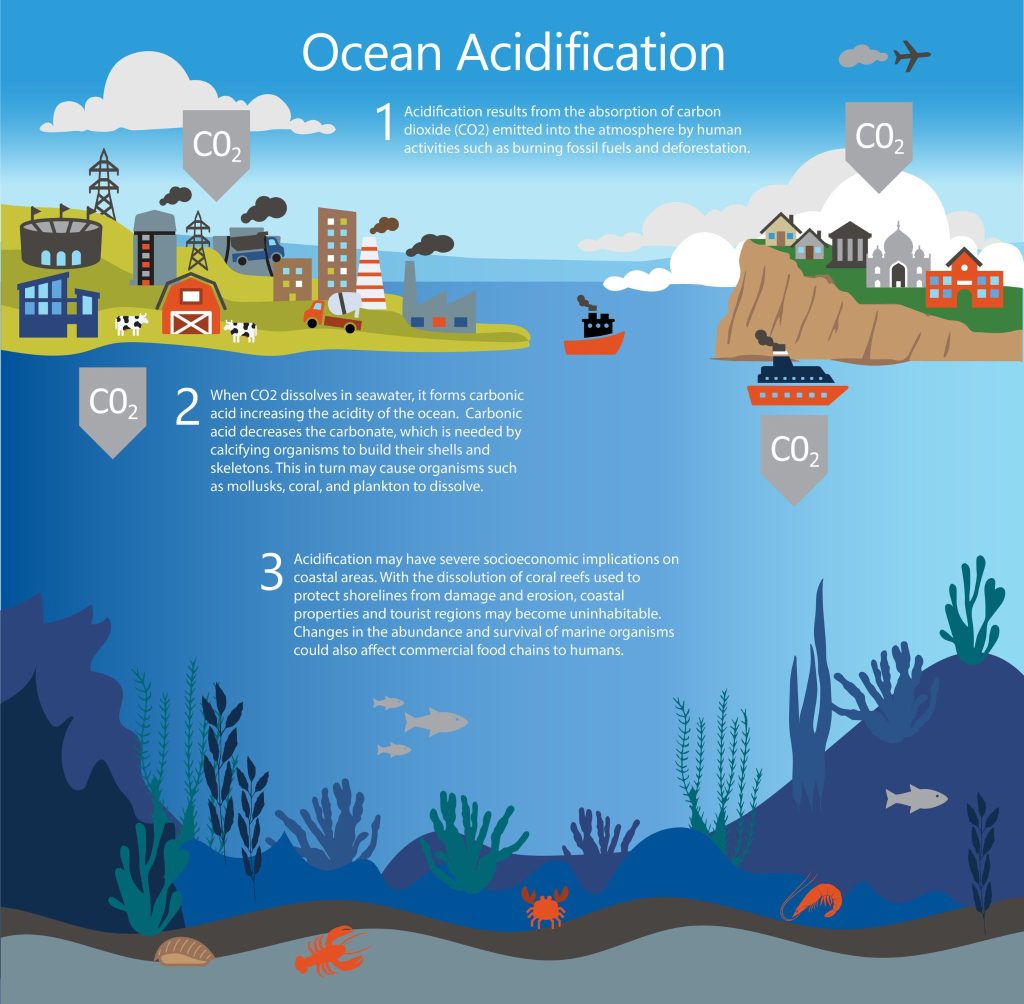
Another issue for ivory tree coral is deep-sea netting or ‘bottom-trawling.’ Fishers will drop nets on the seafloor to acquire more fish, but these nets, unfortunately, end up scraping the seafloor and damaging corals.
Right now there is a dire need for more sustainable fishing practices. One-third of the world’s population relies on the oceans for food, but if we continue to implement unsustainable practices, the populations of marine species will not be able to stabilize and will disappear before we know it, so it is important that we act soon.
Sea Otter, Enhydra lutris
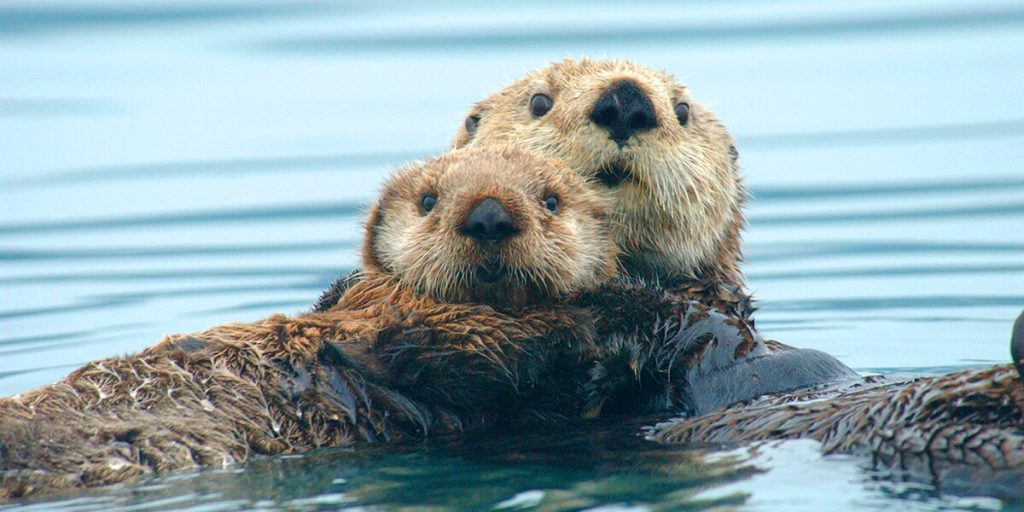
Sea otters are a popular attraction at most zoos and aquariums. They are cute, cuddly, and sweet. But they are also an endangered keystone species.
Sea otters live in two habitats: kelp forests and estuaries, and their role is vital. Sea otters, like jaguars, are predators. Their main job revolves around population control and the preservation of important plant life. Without them, kelp forests would be overrun by sea urchins, an invasive species that consumes everything, and estuaries would be overrun with crabs that prey on species that maintain shelters.
Why are kelp forests important?
Kelp forests are some of the most productive ecosystems on earth. They have incredible carbon-sequestration capabilities that help us to fight climate change. Sea otters are also indicators, meaning that they can also offer insight into the overall health of the ecosystem they work in. When an ecosystem declines, the first signal of that decline will come from the keystone species.
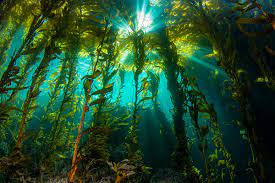
All life on earth is connected in some way. If something happens to the tiniest insect population in the middle of the rainforest, it will have an impact on every other ecosystem at some point in time. But that is the beautiful thing about Earth, that we are all connected to each other. We can help one another, or we can tear one another apart. Right now we are doing the latter. Keystone species are the ones holding their ecosystems together, but they need some support. They cannot advocate for themselves, but we can. Use your voice to help these species maintain their ecosystems and work towards a better future for all of us. If they go extinct, so do we. If you want to learn more about why these species are going extinct, check out our other articles!
Here are some organizations to check out that are doing great environmental work around the world:
- WWF
- Nature Conservancy
- Monterey Bay Aquarium
- Rewilding Argentina
- Oceana
- Natural Resources Defense Council
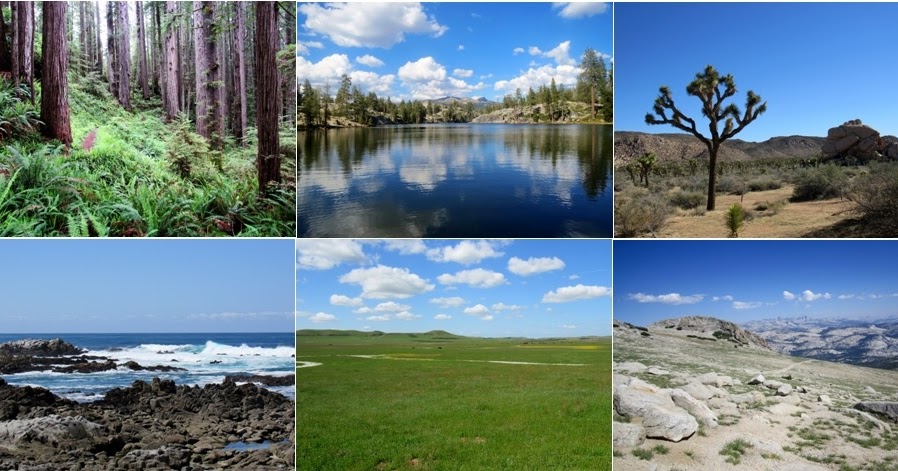
Leave a Reply